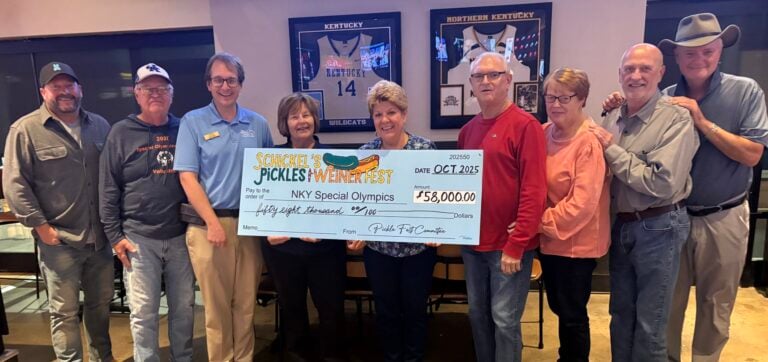Spring Wildfire Season began February 15. Everyone to take precautions to safeguard their homes and protect natural areas. The season lasts until April 30.
“We can all help protect our new Kentucky home and follow the guidelines not only during wildfire season, but throughout the year,” Gov. Beshear said. “Let’s all do our part to keep our families safe while protecting our parks, trails and natural areas for future generations.”
Spring Wildfire Season lasts until April 30 and is in effect throughout the Commonwealth. The law prohibits any burning between 6 a.m. and 6 p.m. within 150 feet of woodland or brushland. Burning of debris at any time is discouraged, however, residents considering debris burning should exercise caution and consider all factors to help maximize the safety of people, property and the forest.

“Anytime a citizen decides to burn brush, they should make that decision by using all the information available to them. Monitoring weather patterns, paying special attention to humidity levels, winds speeds, and being alert to red flag warnings issues by the National Weather Service. Informed decisions about outdoor burning increases the safety of our firefighters and our communities,” said Division of Forestry Director and State Forester Brandon Howard. “Under the right conditions a spark can spread quickly and endanger lives and property.”
Guidelines for burning debris:
• Consider alternatives to burning. Some yard debris, such as leaves and grass, may be more valuable if composted.
• Check with your county fire marshal’s office for local laws on burning debris. Some communities allow burning only during specified hours; others forbid it entirely.
• Check the weather. Don’t burn if conditions are dry or windy.
• Only burn natural vegetation from your property. Burning household trash or any other synthetic materials are illegal. Trash should be hauled away in an approved manner.
• Plan burning for the evening hours when conditions are typically less windy and more humid.
• If you must burn, be prepared. Use a shovel or garden hoe to clear a perimeter around the area where you plan to burn.
• Keep fire tools ready. To control the fire, you will need a water hose, bucket, a steel rake, and a shovel for tossing dirt on the fire.
• Never use flammable liquids such as kerosene, gasoline, or diesel fuel to increase burning speed.
• Stay with your fire until it is completely out.
• If your fire escapes your control, immediately call 911 and then your local KDF field office.
These same tips hold true for campfires and barbeques. Drench burning charcoal briquettes or campfires thoroughly with water. When the coals are soaked, stir and soak them again. Be sure they are out cold and carefully feel to be sure they are extinguished. Never dump hot ashes or coals into a wooded area.
If you are burning agriculture residue and forestland litter, a fire line should be plowed around the area to be burned. Large fields should be separated into small plots for burning one at a time. Before beginning any burning in a wooded area, contact your KDF county forest ranger who will weigh all factors, explain them, and offer advice.
Remember to check local ordinances, state air quality, and state waste management regulations before conducting any outdoor burning. The Division for Air Quality has many outdoor burning restrictions. More information can be found here.
For more information on ways that you can safeguard your home and community from catastrophic wildfires, visit the Division of Forestry’s website.





















